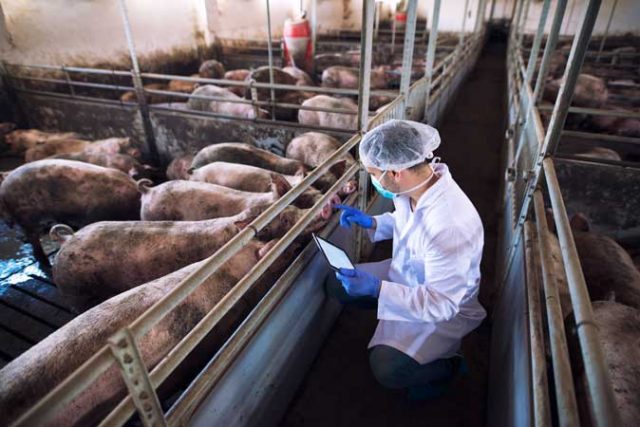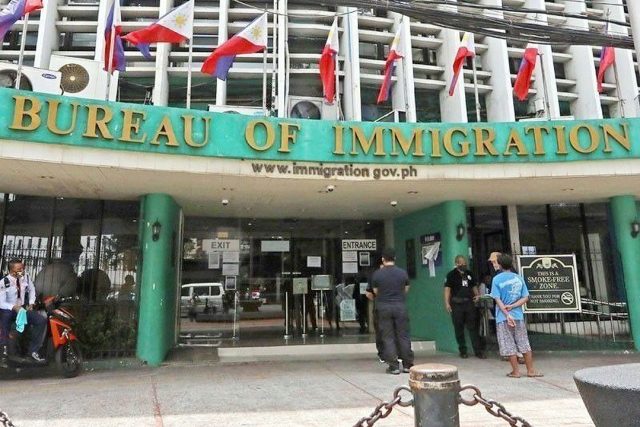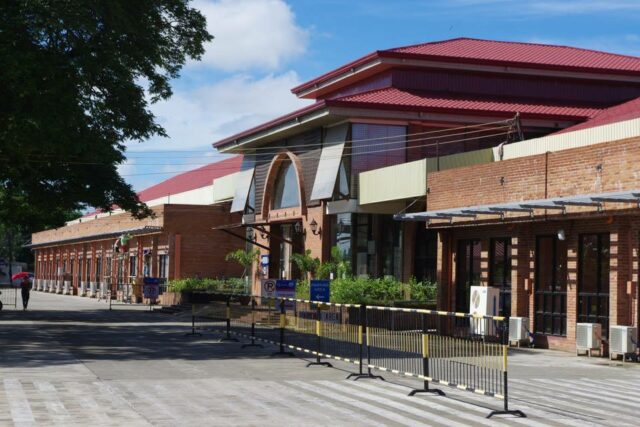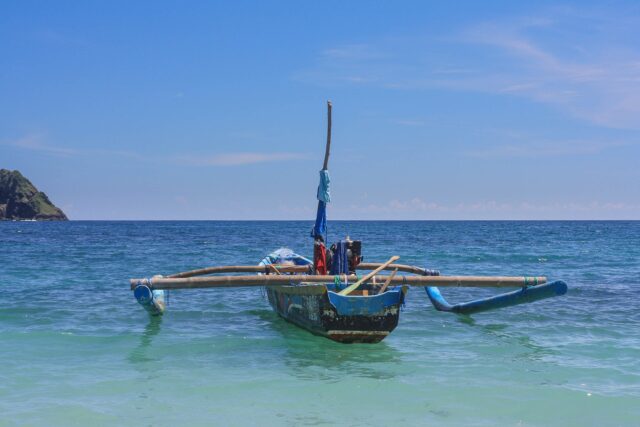By Ashley Erika O. Jose, Reporter
THE Department of Transportation (DoTr) said the airports in Laoag City and Busuanga in northern Palawan are being readied to handle international flights, with Laoag in particular being positioned for services linking it to Honolulu.
“The DoTr and Civil Aviation Authority of the Philippines (have been directed) to enhance connectivity throughout the country, to increase local and international arrivals. The modernization of main gateways and regional airports will provide passengers and tourists a comfortable experience,” Transportation Undersecretary for Airports and Aviation Jim C. Sydiongco said during the European Chamber of Commerce of the Philippines Aviation Summit on Wednesday.
He said the goal for Laoag is to make it ready for twin-aisle aircraft in trans-Pacific service like the Airbus A330, which is likely to be employed on the Honolulu route.
Mr. Sydiongco said other plans for Laoag include the rehabilitation of the passenger terminal to increase seating capacity to 980 from the current 725.
“In Busuanga, we are undertaking the reorientation of the existing airport to accommodate jet aircraft such as the A320 and A321, supporting the projected increase air traffic across the island,” he said.
The A320 and A321 series by Airbus are single-aisle jets typically in regional service, suggesting plans to fly in international visitors directly. Alternatively, the Airbuses would represent a capacity increase for domestic visitors, who are typically flown to Busuanga on small turboprop planes.
The New Busuanga Airport development project, which is expected to cost P15.15 billion. The new airport complex, to be built on 282.5 hectares, will be located next to the current airport.
“Once completed, the new facilities including a 2,400-meter concrete runway. New landside development will enable jet operations by December 2028, further boosting tourism and economic activity in Northern Palawan,” he said.
In September, the DoTr said detailed engineering design and feasibility studies for these expansions are ongoing for Busuanga and Siargao airports.
The DoTr is also expecting to award the independent consultant contract for the New Dumaguete Airport project. Dumaguete airport is expected to be made compliant with international standards.
The Dumaguete airport project will be funded by a P13.15-billion loan from the Export-Import Bank of Korea (Korea Eximbank).
Tacloban airport is also due for upgrades, Mr. Sydiongco said, adding that the new terminal expected to be operational by September 2026 and the runway expansion and reclamation ready by the second quarter of 2028.
The DoTr is also working on site acquisition for the New Zamboanga International Airport, he said, noting that civil works for this project are expected to commence by the second quarter of 2027, while commercial operations are expected by the fourth quarter of 2033.
On the public-private partnership (PPP) front, he said the DoTr has tapped the Asian Development Bank (ADB) and the World Bank’s International Finance Corp. to advise on the bundling of the Davao, Dumaguete and Siargao airport development projects.
The DoT said that ADB is also working on the planned bundling of a larger group of airports for possible offering as PPPs, includes Laoag, Bacolod, and Tacloban.
“These collaborations help ensure that project development remains transparent, and aligned with global benchmarks for sustainability,” he said.












